A specialist in Putin’s way of thinking believes that Russia could be ready to attack another country, but she’s not sure, it will be a NATO-member.
Others are reading now
A specialist in Putin’s way of thinking believes that Russia could be ready to attack another country, but she’s not sure, it will be a NATO-member.
NATO Commits to Big Defence Spending
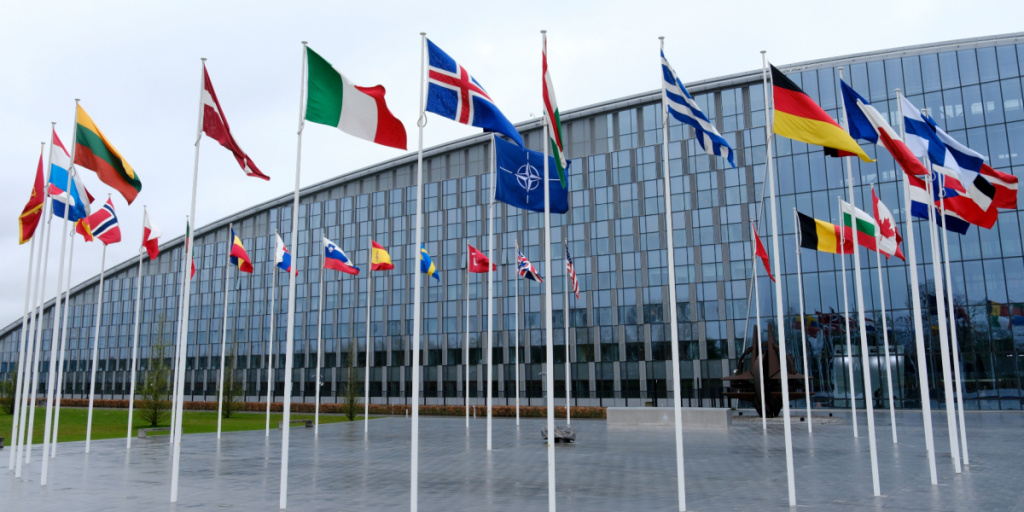
At its latest summit in The Hague, NATO members set an ambitious new goal: spending 5% of GDP on defence and security by 2035.
Part of the reason for the increased spending is assesments that Russia will be able to launch an attack on NATO within five years.,
Is NATO Russia’s Next Target? Maybe Not
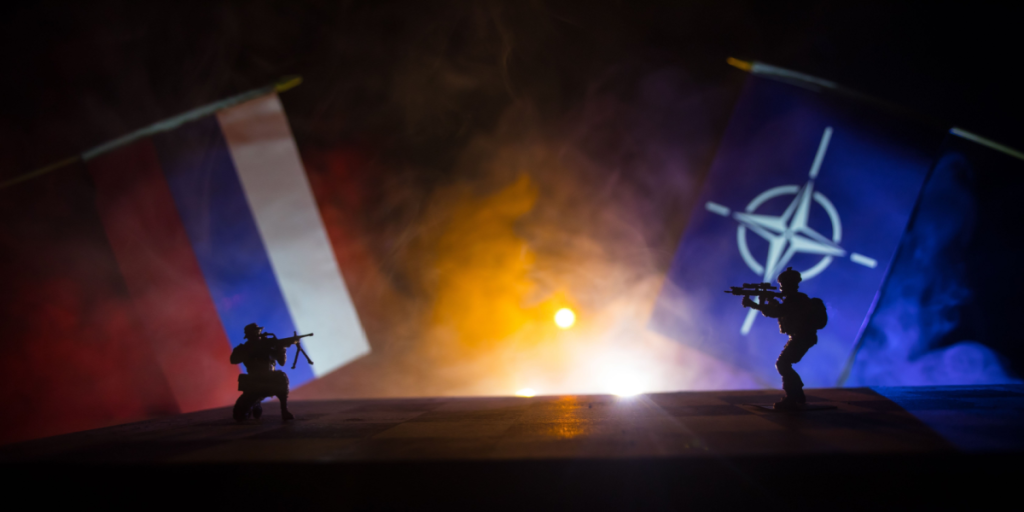
Strategic Military Intelligence Analyst, Rebekah Kofler, agrees with the assesment of Russias military capabilities, but in a piece in The Telegraph, she argues that Putin won’t be targeting a NATO country next.
Post-Soviet nation in danger?
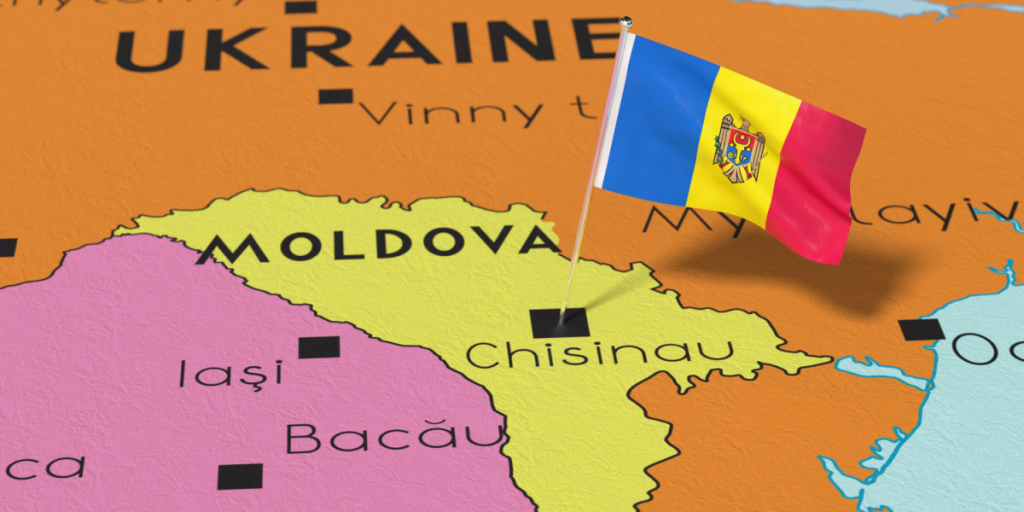
Instead, he is more likely to put the crosshairs on a non-NATO member, post-Soviet nation like Moldova, Kofler argues.
Also read
Money Alone Won’t Stop Russia

Kofler warns that throwing cash and cutting-edge tech at defence won’t guarantee peace.
What NATO truly needs is a coherent, long-term strategy—one rooted in a solid understanding of Russia’s military doctrine and psychological approach to warfare.
NATO Missed the Warning Before Crimea
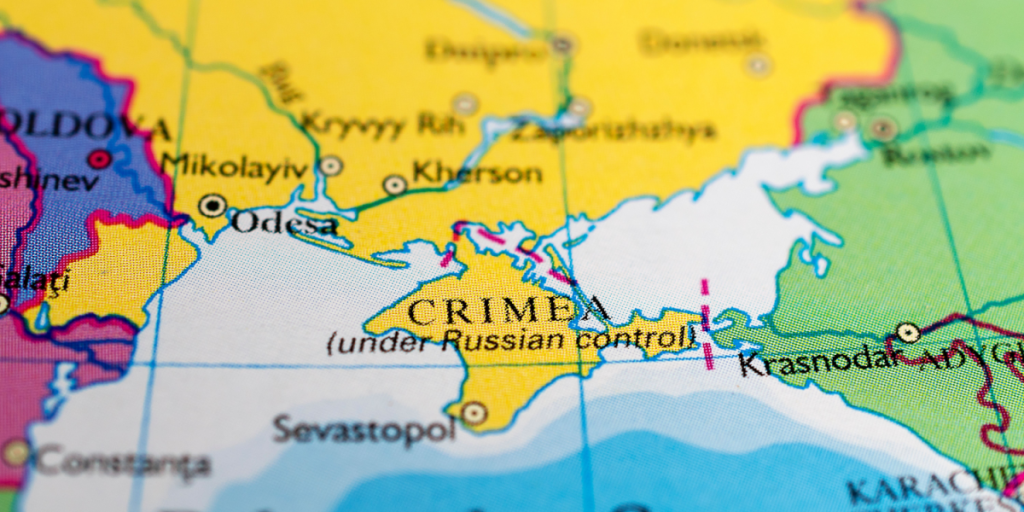
Back in 2013, just months before Putin seized Crimea, NATO was briefed on Russia’s likely war tactics, Kofler says.
Still, no effective counter-strategy emerged from the Pentagon or allied militaries.
Russia’s Playbook: Hit Where It Hurts

Russia’s military strategy borrows from British theorist Sir Basil Liddell Hart, favoring indirect attacks over brute force, Kofler explains.
Also read
The Kremlin targets weak spots and avoids head-on battles with superior forces.
Ukraine may be the exception—but Kofler expects Moscow to revert to this asymmetric warfare model in future conflicts.
Crippling NATO’s “Kill Chain”
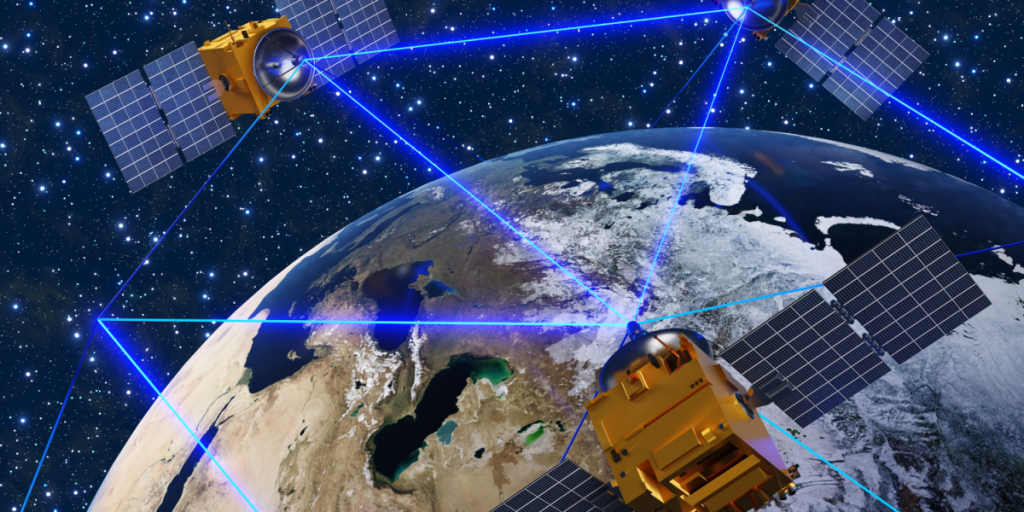
Kofler believes that Russian planners know they can’t win a straight-up tech war with NATO. So instead, they’ll aim to disrupt the alliance’s decision-making process—the so-called “kill chain.”
That means striking early at satellites, communications, and intelligence systems (C4ISR), which are crucial to NATO’s modern warfare.
Space: NATO’s Achilles’ Heel?
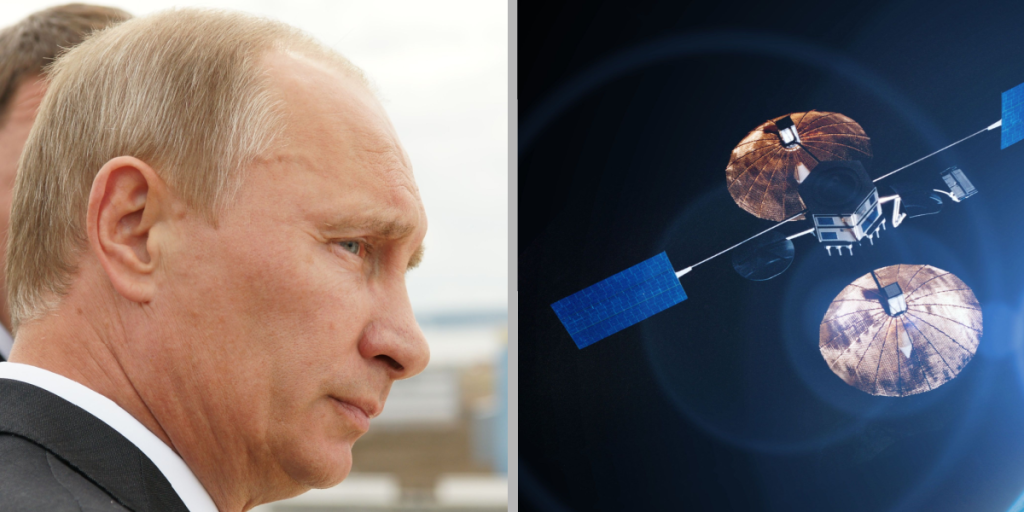
Russia’s space warfare capabilities are no longer theoretical. From GPS-jamming tech to anti-satellite missiles and lasers, Moscow has built a robust toolkit.
Also read
Even more alarming: reports suggest Russia is working on a satellite capable of carrying a nuclear payload to disable Western space assets.
Cyber War: The Silent Threat

Cyber attacks are a cornerstone of Russian military planning. Moscow has repeatedly breached Western systems for intelligence and disruption.
Kofler warns that Russia likely already has access to critical infrastructure across Europe and the U.S.—giving it the ability to sabotage in sync with military campaigns.
Protecting Undersea Cables and Pipelines
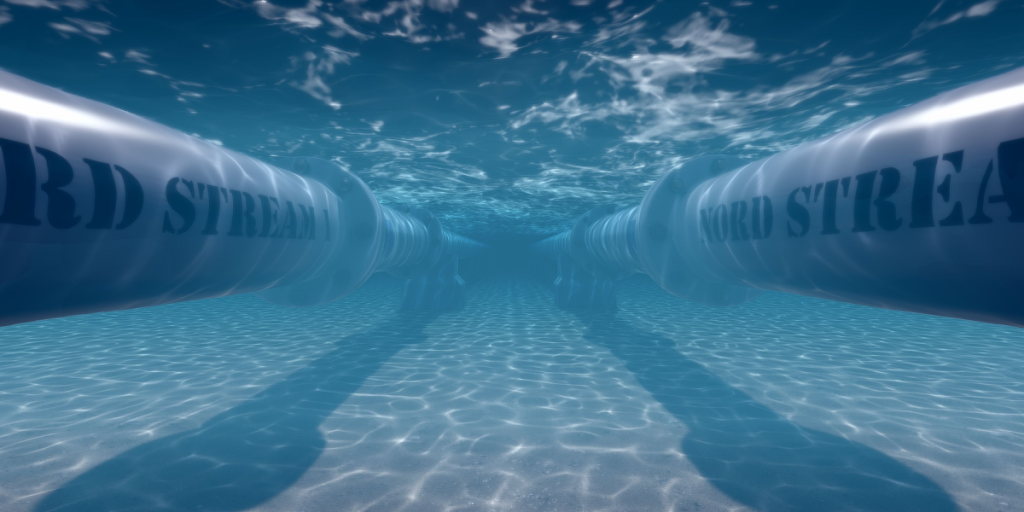
Russia’s secretive deep-sea division, GUGI, is believed to be connected with several sabotage operations in the Baltic Sea.
This threat extends beyond data cables to energy pipelines, as seen in the 2022 Nord Stream incident.
Also read
Kofler argues that NATO must boost maritime surveillance and protection of these vulnerable undersea assets.
NATO’s Urgent Challenge
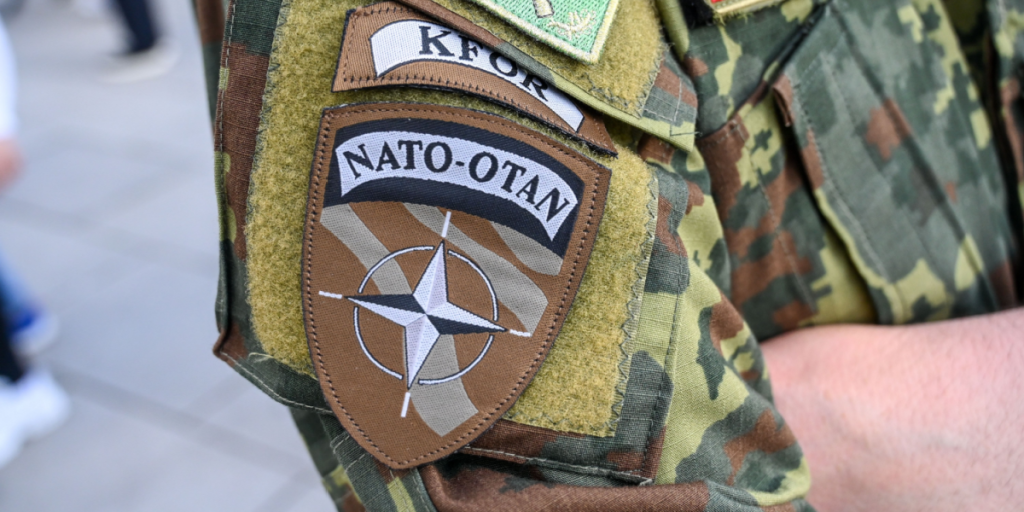
According to Kofler, Russia now churns out more ammunition in three months than Europe does in a year.
If NATO hopes to keep up, it must urgently ramp up production and rebuild its fighting force. While Russia tightens its conscription laws, most European nations still avoid mandatory service.
NATO has a window to act—but not forever, the analyst warns.


